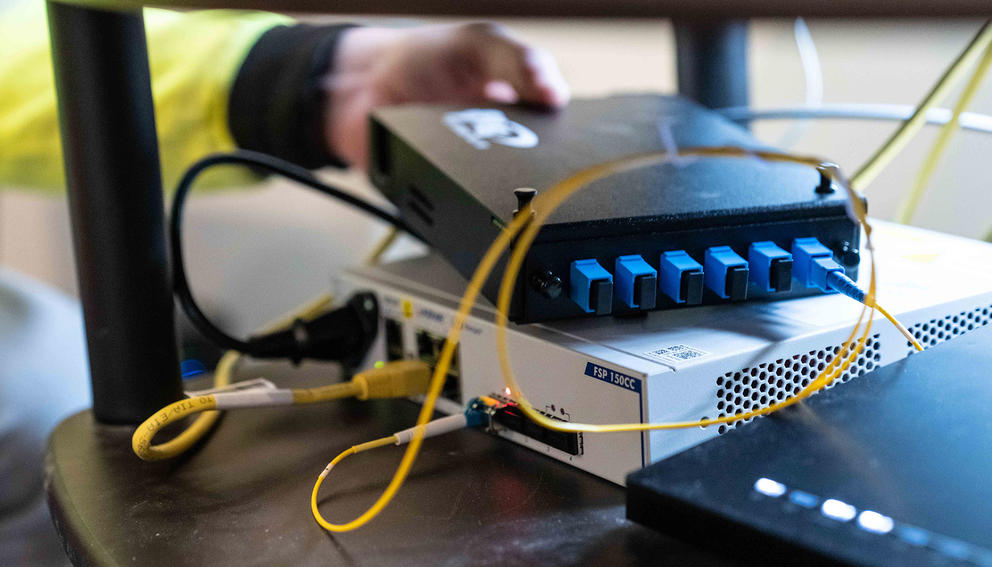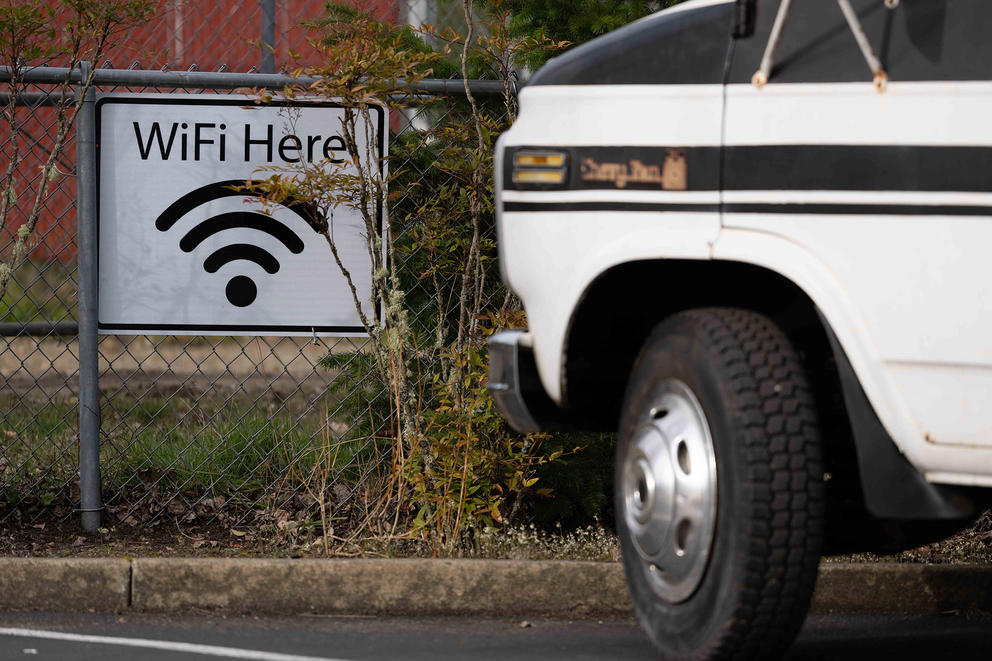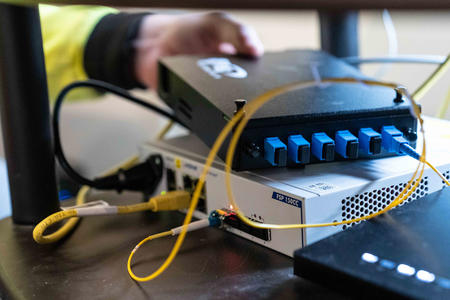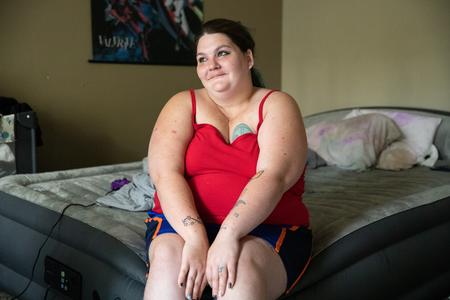But you wouldn’t know that by looking at recently released broadband service maps from the Federal Communications Commission that indicate many residents there have access to super-high-speed cable internet.
“If all those people could get cable, I wouldn’t have spent so much of my life energy this past year applying for [broadband] grants,” said Will O’Donnell, communications director for Jefferson County’s Public Utility District, which provides electricity to the region.
The area’s internet service is so poor that residents asked the PUD to step in and help. And they did, winning a $24 million grant earlier this year to build new fiber-optic lines to 2,600 homes in Quilcene and several other remote parts of the county.
In a recent call, O’Donnell read out several addresses where he felt quite sure residents did not have access to gigabit-speed internet. The PUD chose locations like Quilcene, he said, precisely because the only service available was DSL — an older infrastructure that delivers service over copper wiring, typically at speeds below 25 megabits per second — too slow to do things like stream video reliably.
The accuracy of the new FCC broadband maps is not a theoretical or academic concern; they will determine how much federal funding states receive under a $42 billion program set to be distributed next year. Officials estimate Washington state will get about $900 million in federal broadband aid if nothing is fixed – but could get substantially more if the maps more accurately reflected service gaps. Inaccurate maps could also exclude areas, like Quilcene, from being eligible for funds if the map shows them as served by existing providers.
There’s not much time to fix the maps, either — the FCC has given states until Jan. 13 to submit bulk challenges in time for funding determinations to be made. Individuals can also check the accuracy of their service access below and provide feedback directly to the FCC.
For decades, those working on the ground in places like Quilcene have pointed out major flaws in the FCC’s maps. The federal agency tasked with expanding internet access has historically relied on companies to self-report what census blocks they serve, with little vetting to verify those claims.
“If a location in that census block was served or could reasonably be served by the provider, the entire census block was considered served,” said Anna Read, who studies broadband for the Pew Charitable Trusts.
This imprecise methodology resulted in maps that overestimated how many people had access. Congress recognized the issue in 2020, passing a law that required the agency to make new maps from more granular data — and to allow individual web users to challenge inaccurate information.
Mark Vasconi, director of Washington’s State Broadband Office, said he has concerns about the map missing some “serviceable locations” (households) altogether, which could reduce the state’s funding.
Vasconi isn’t sure how many are missing, but said “there could be some substantial errors,” especially on tribal reservations — at least 500 households are missing just on the Spokane Reservation.
He said his office is not preparing a bulk challenge, however — that effort is being left to cities, counties, and individuals to file their own challenges with the FCC.
“The counties can look at the maps and they’ll be able to apply their understanding of where service has been provided and where it’s not,” Vasconi said.
The state broadband office has been collecting its own data in the form of speed tests, but that data is not usable as a challenge, Vasconi said, as the FCC doesn’t put much weight on speed tests.
It’s not clear if local governments are up to the task of pulling together the information required to challenge the FCC in just the few weeks between budget season and winter holidays. Vasconi also criticized the tight timeframe the FCC set — the maps were released on Nov. 18 – and said that governors across the country are lobbying the feds for a two-month extension.
The state is encouraging individuals to file their own challenges through the FCC’s website, which involves typing in one’s address, reviewing the list of providers and speeds, filling out a form with a name and email address, and certifying — under penalty of perjury — that the information is “true and correct … to the best of my actual knowledge, information, and belief.”
Some worry that language may be intimidating, reducing participation from the people who are most important to measure.
“The scrutiny for the service providers is supposed to be coming through this challenge process,” said Dustin Loup, who leads the National Broadband Mapping Coalition. “But the bar is so high, and there are so many barriers to hold[ing] them accountable to the data that they’re reporting, that I question its effectiveness as a tool to really verify this data.”
Those concerned about privacy can submit information through a portal run by the Washington State University Extension, which will then collect address data and submit a bulk challenge.
There’s also the irony that those with inadequate access must submit their challenge over the internet they may not have, or drive to a nearby location with service.
Angela Bennink, general manager of the Kitsap County Public Utility District, noted that more scrutiny is applied to data reported by individuals than to data from internet providers like her organization, which operates fiber directly to homes.
“I submitted data, [but] I didn’t have to submit anything with that data verifying it was correct,” Bennink said. “We’re favoring service providers over citizens.”
Correction: This article previously misspelled Angela Bennink's last name.






